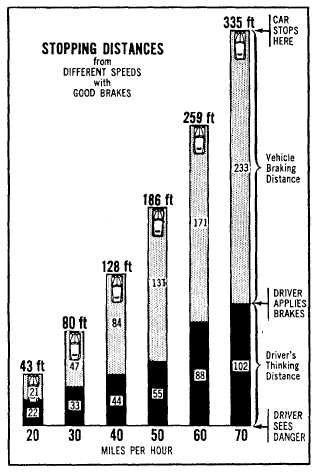CHAPTER 6 INSPECTING AND TROUBLESHOOTING BRAKE SYSTEMS
Braking systems are usually inspected yearly, or every 12,000 miles to ensure safe operation, to comply with state and local regulations, and to keep personnel and equipment safe. Many accidents caused by defective brakes might have been avoided by frequent and thorough brake inspections. These brake inspections must be done more frequently when vehicles are used in sand, mud, or constant fording.
WARNING
Without a reliable braking system, CESE does not leave the shop. If the problem is discovered in the field, the next stop for that equipment (towed) should be the CM maintenance shop. CESE shall not be operated nor will it be placed in operation with faulty brakes.
Regulations for testing and inspecting brakes are about the same all over. One requirement is that the brakes must stop the vehicle within a prescribed distance, at a given speed, with a minimum of effort, and without deviating the vehicle from a straight line (controlled stop).
The stopping distances for all vehicles depend on the distance the driver can see and think before he or she presses the brake pedal. Figure 6-1 shows some stopping distances from different speeds with good brakes. These stopping distances came from actual tests.
INSPECTING AND TROUBLESHOOTING HYDRAULIC BRAKE SYSTEMS
Hydraulic brakes should be inspected for the external condition of the hoses and tubing, especially for leakage or seepage at the couplings. Hose or tubing worn or weakened by rubbing against other parts of the vehicle must be replaced.
CAUTION
Under no circumstances should steel brake tubing be replaced with copper tubing.
Test for leakage by holding the brake pedal depressed for at least 1 minute. If the pedal does not hold, there is a leak in the system. If you find a leak, repair it, even if you have to pull all the wheels to examine the wheel cylinders. Then fill the master cylinder with fluid and bleed the brakes.

Figure 6-1.-Stopping distances from different speeds with good brakes.
Continue Reading